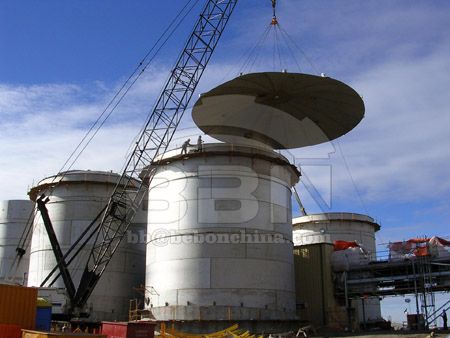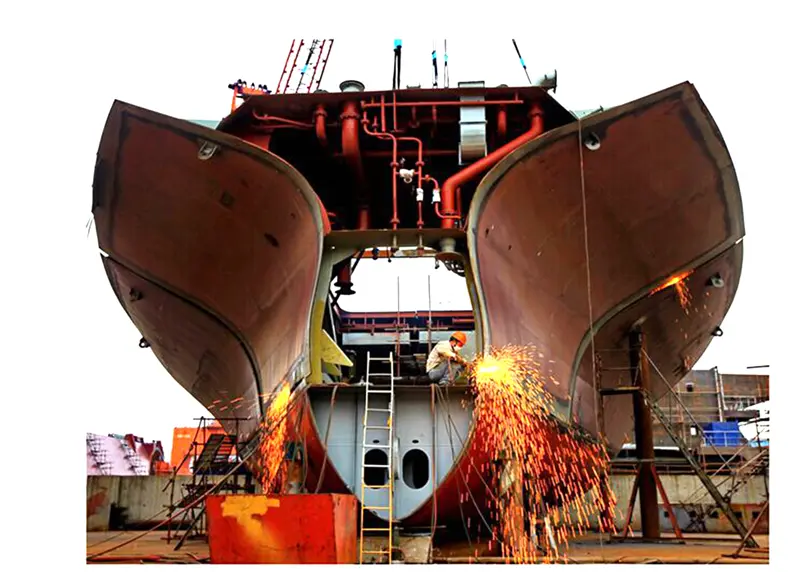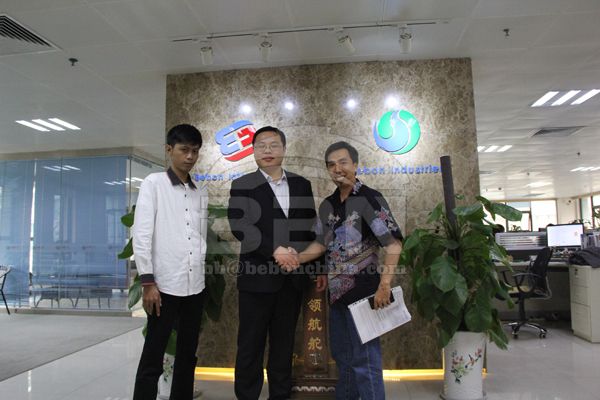
1. Manhole
The manhole is used for operators to enter and exit the tank for inspection, cleaning and repair. For the convenience of personnel access, the installation position of the manhole is generally on the center line of the tank bottom of the tank, and the vertical tank manhole is installed on the bottom of the tank wall.
2. Light hole
The light hole is used for light and ventilation during inspection, repair, and scrubbing of the oil tank. It is generally installed on the top of the oil tank above the oil inlet and outlet pipes.
3. Sewage hole
The drain hole is generally installed at the bottom of the oil tank, used to remove sludge when cleaning the oil tank, and usually used to drain the sewage in the tank.
4. Oil measuring hole
The oil measuring hole is used to measure the height, temperature and sampling setting of the oil stored in the tank, and is installed near the top platform of the tank.
5. Breathing valve
The function of the oil tank breathing valve is to adjust the oil and gas pressure in the tank. When the pressure in the tank is too high, part of the excess oil and gas will be discharged through the breathing valve to reduce the pressure in the tank; when the pressure in the tank is too low, the breathing valve will be removed from the tank. Air is sucked in from outside to increase the pressure in the tank, keeping it constant with the atmospheric pressure. The breathing valve is usually installed at the top of the oil tank.
6. Safety valve
The function of the safety valve is to play a safety role when the breathing valve fails during the operation of the oil tank. Its working pressure is slightly higher than the pressure of the breathing valve, which can prevent the oil tank from being damaged due to too high positive or negative pressure in the tank. . Usually the safety valve is installed in the middle of the tank top.
7. Fireproof device
The fire retarder (also known as the flame arrestor) of the oil tank is composed of a fire box, a copper wire mesh and an aluminum partition. It is installed under the breathing valve or safety valve to prevent sparks and air from entering the tank through the breathing valve or safety valve. accident.
8. Foam generator
The foam generator is a fire extinguishing device fixed on the oil tank. One end of the foam generator is connected with the foam pipeline, and one end has a flange welded to the uppermost ring plate of the tank wall. When the fire extinguishing foam flows through the air suction port of the fire fighting foam chamber, a large amount of air is sucked in to form foam, and it breaks through the insulating glass and enters the tank (the thickness of the glass is not more than 2mm), so as to achieve the purpose of fire.
9. Heater
The function of the heater is to heat the crude oil or heavy oil through steam or electricity to prevent the oil from solidifying and facilitate the release of the oil. The local heater is installed near the oil inlet and outlet joint pipe, and the full heater is installed on the bottom of the tank.
Just like you, 70% customers choose long-term cooperation with BBN steel not only for our good product and service quality, good reputation in the international market, but also for our experienced one-stop raw material supply and further steel processing!








Henan BEBON Iron&Steel co.,ltd.